Videos on your iPhone sporting seizure-inducing flashing lights and stroboscopic effects can be dimmed automatically to prevent headaches and other health issues.
iOS 16.4 can automatically dim seizure-inducing flashing lights on videos
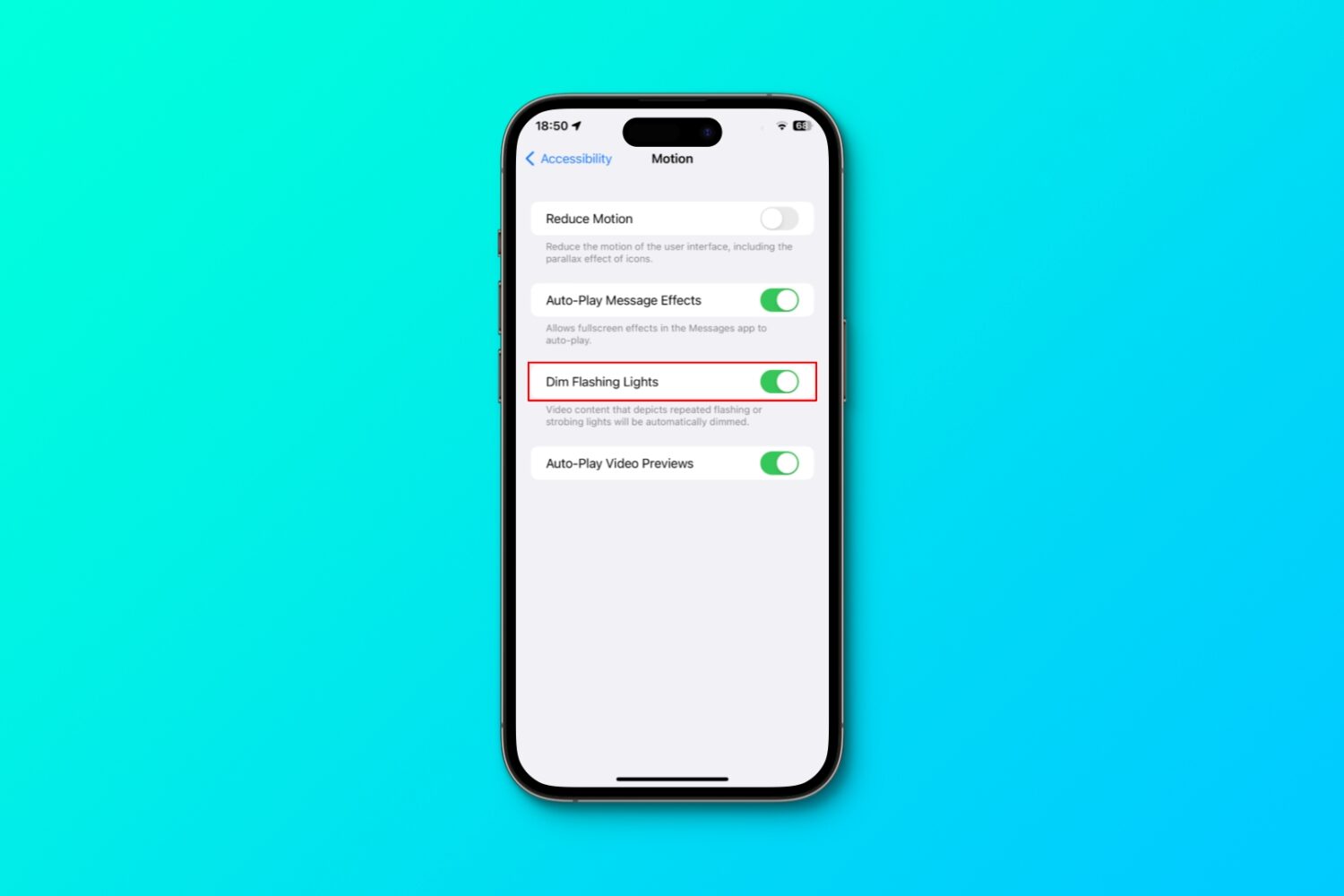

Videos on your iPhone sporting seizure-inducing flashing lights and stroboscopic effects can be dimmed automatically to prevent headaches and other health issues.

Apple last updated Final Cut Pro X in August, and now it's back at it again with bug fixes for the professional software.
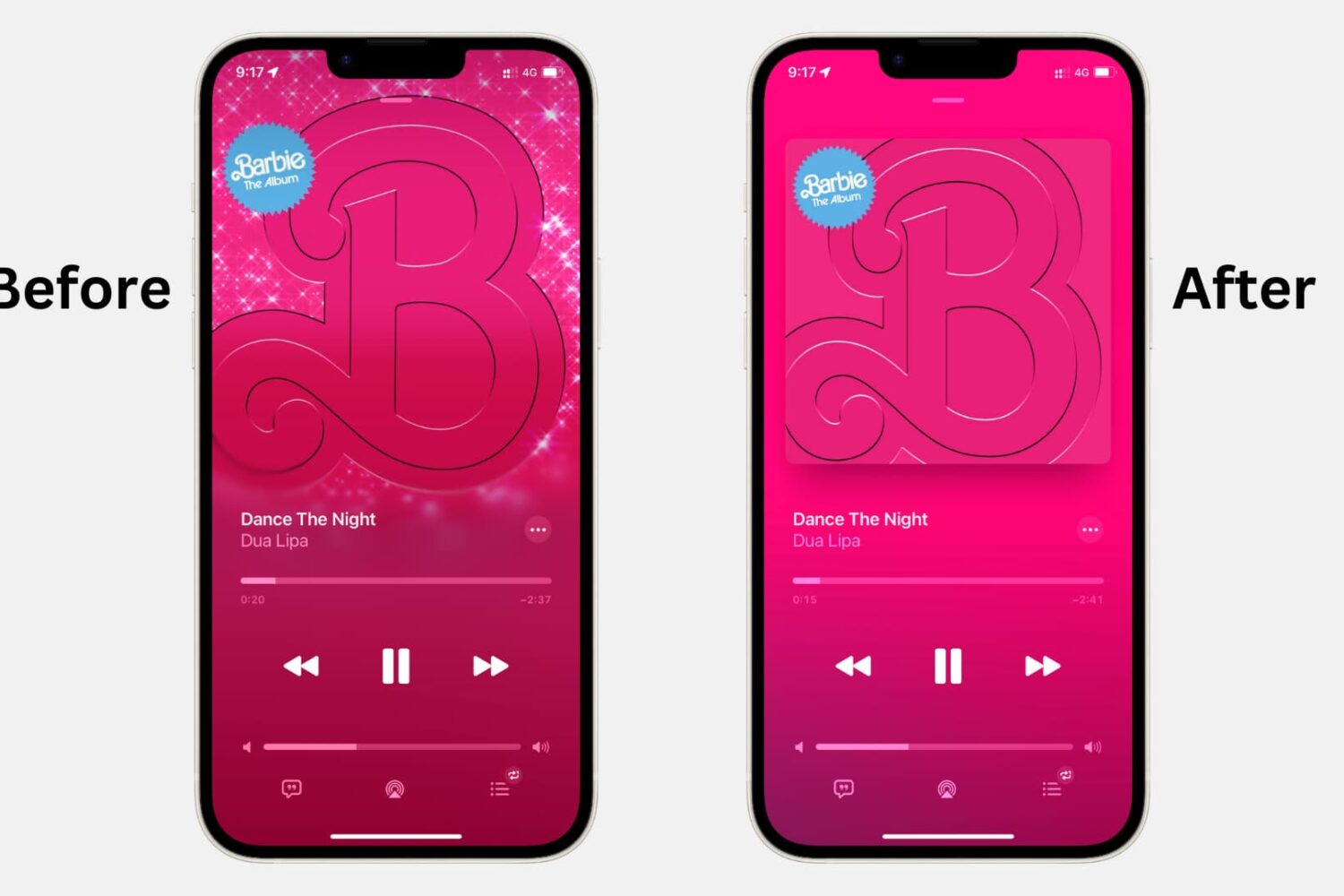
Learn how to turn off animated album art while listening to songs in the Music app on iPhone or iPad if you're discomforted by motion or want to save cellular data and battery.
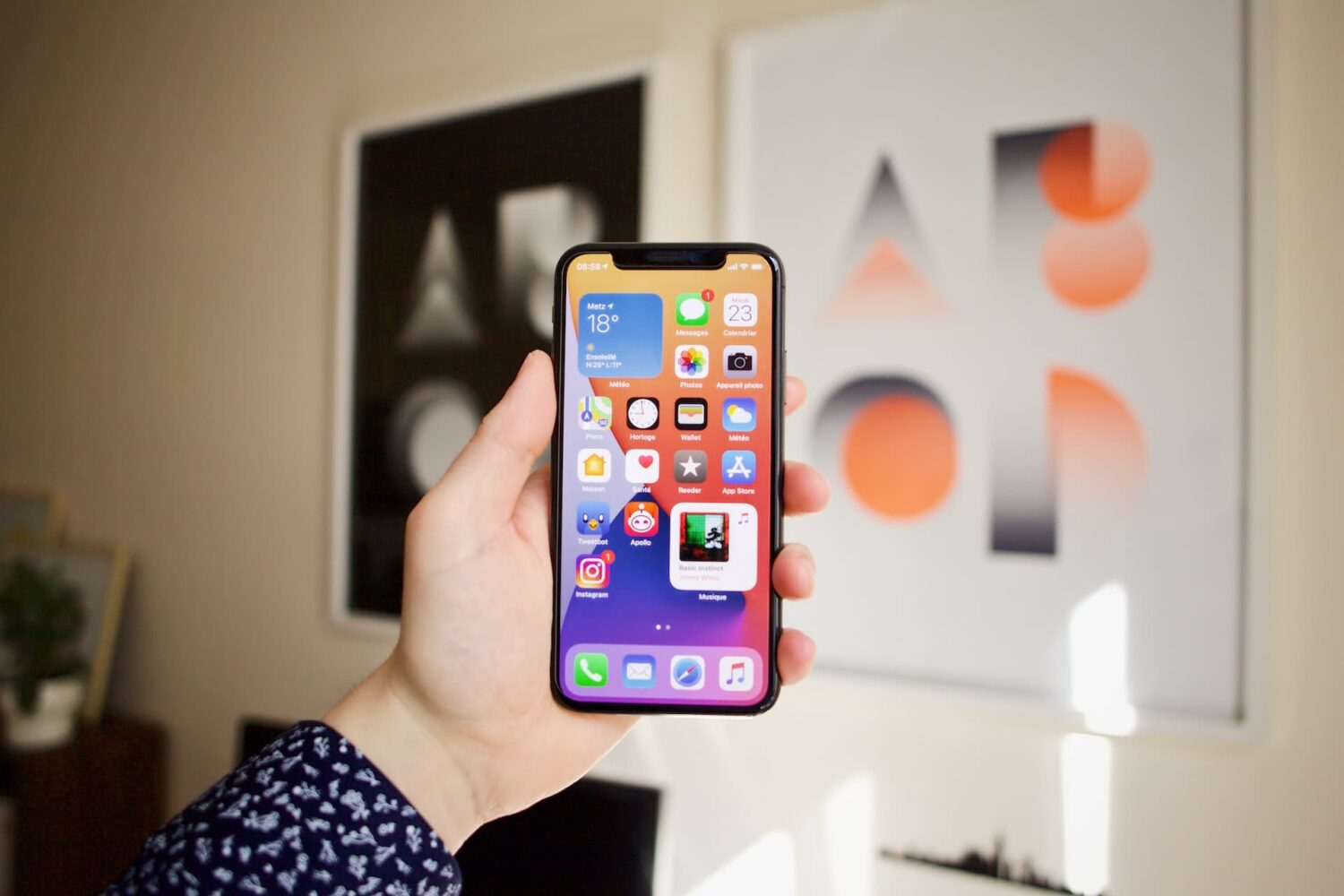
Apple employs animation features on iPhone and iPad that some people really like. For instance, opening and closing apps use a zoom type of effect, and wallpaper can shift a bit when moving your device. And sure, these animations are cool for some, but not for others - especially those who are sensitive to motion.
If you would like to do away with these effects, then this tutorial is for you. We'll show you how to disable animations on iPhone and iPad running any recent version of iOS, including iOS 16.

Apple today announced an update to Motion for Mac.

The gorgeous new motion faces in watchOS 5—Fire, Vapor, Water and Liquid Metal—are more special than Apple let on during the keynote. Surprisingly, they're not rendered or created using computer graphics. The attention to detail matters always so small wonder Apple has recorded them in a real studio where they set things on fire and used real water and vapor elements.
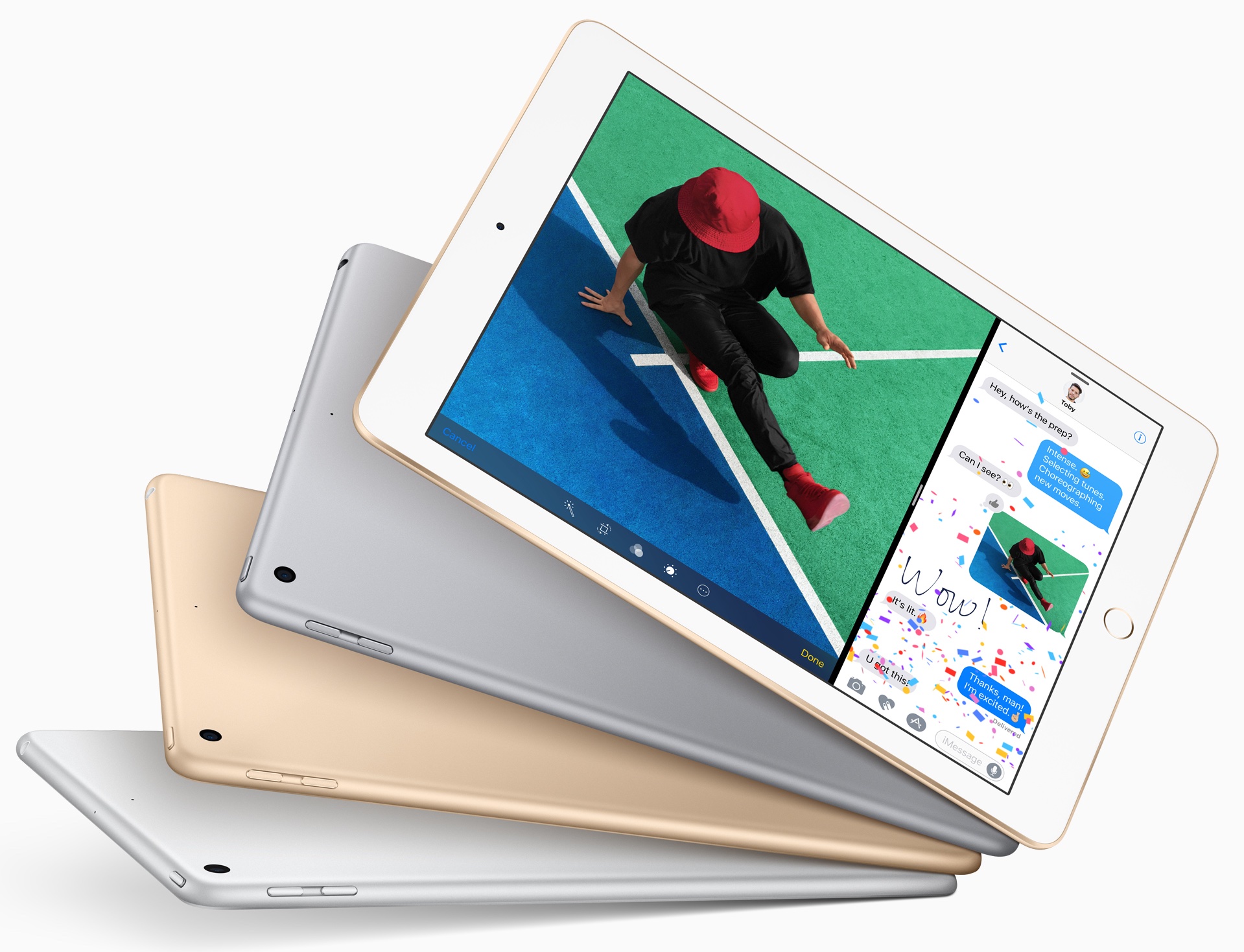
Apple's fifth-generation iPad, which launched in March 2017, does not support tetherless “Hey Siri” functionality even though the device features an embedded M9 motion coprocessor. As first noted by AppleInsider, the 9.7-inch iPad Pro is the only Apple tablet the feature is currently available on.
An always-on Siri requires that the device be outfitted with a low-power motion coprocessor embedded into the main chip. This lets iOS listen for the “Hey Siri” wake up phrase on battery power, in the background, without waking up the main power-hungry processor.
TUTORIAL: “Hey Siri” not working? Here's your troubleshooter!
“Hey Siri” made its debut with iPhone 6s, the first Apple device to embed the motion coprocessor in the main processing chip. All iPhones from iPhone 6s onward support “Hey Siri” on battery power, including iPhone SE and the latest iPhone 7 series.
The 12.9-inch iPad Pro is another Apple tablet without support for tetherless “Hey Siri” despite the inclusion of the M9 chip. It's unclear at the moment if Apple could eventually enable untethered “Hey Siri” in software on the new iPad and the 12.9-inch iPad Pro.

German engineering and electronics company Robert Bosch GmbH has reportedly landed orders to manufacture motion sensors for Apple's upcoming iPhone 8. According to a report Friday by Bloomberg citing a person familiar with the deal, the German firm could build as much as half of the motion sensors in upcoming iPhones, with InvenSense supplying the rest.
InvenSense counts Apple as its client and files as the primary supplier of the smartphone motion-sensing components, with the iPhone maker accounting for an estimated 60 percent of InvenSense's revenue. In that regard, the Apple-Bosch deal could be a major blow to Invense, shares of which declined more than five percent in extended trading Thursday.
InvenSense is currently seeking to complete its $1.3 billion sale to TDK Corp. The deal is partly aimed at boosting the Japanese company’s business with Apple. Apple was already one of TDK’s biggest customers before the Japanese firm agreed to buy InvenSense in December.
“We aim to become a strong player in the sensor business with InvenSense as our perfect partner,” TDK CEO Shigenao Ishiguro said at the time.
Bosch did supply gyroscopes and accelerometers for Apple in the past and it currently supplies barometric pressure sensors for iPhones. Before iPhone 5s came out, STmicroelectronics used to supply gyroscope sensors for iPhones.
Since iPhone 5s, Bosch has been supplying gyroscopes and accelerometers for iPhone 6 models, with California-based InvenSense providing the gyroscopes and accelerometers in iPhone SE, iPhone 6s, and iPhone 7 on an exclusive basis.
The first Bosch microelectromechanical systems to make its way inside any iPhone was their Sensortech BMA220 unit in iPhone 5s, which initially suffered from inaccuracies that were later fixed via a firmware update.
The iPhone 6 series uses a three-axis accelerometer sensor built by Bosch and InvenSense’s six-axis MPU-6700 accelerometer. Relying on accelerometers from two different vendors helps increase power efficiency.
The Bosch accelerometer has a significantly faster cold start up time than the InvenSense—3ms vs. 30ms, respectively—meaning users see less of a delay.
For games and other apps that require sophisticated inertial sensing capabilities, iPhone 6 uses the InvenSense sensor. For simpler tasks, such as tracking footsteps and rotating the screen to match the device's orientation, the device uses the Bosch sensor.
Photo: Bosch's Sensortech BMA220 accelerometer in iPhone 5s, via Chipworks.

Twelve South recently released their new Apple Watch-oriented armband called the ActionSleeve, which relocates the Apple Watch to the upper arm for certain activities, such as rigorous sports, where the wrist isn’t the ideal place to have it.
In this review, we’ll talk about the ActionSleeve’s build quality, comfort, and usability, as well as where you can get your own.
Newer iPhones come with a chip called a motion coprocessor which gathers data from the accelerometers, gyroscopes and compasses of the device to precisely measure motion and fitness data such as body motion, step count, stairs climbed, and more. Most people, including yours truly, do appreciate the data collected as it's particularly helpful if you want to use your iPhone as a step counter and pedometer, for instance. Others are creeped out by this feature.
If you belong to the latter group of people, then I will show you a quick and easy way to stop your iPhone from tracking your steps and other fitness activity.
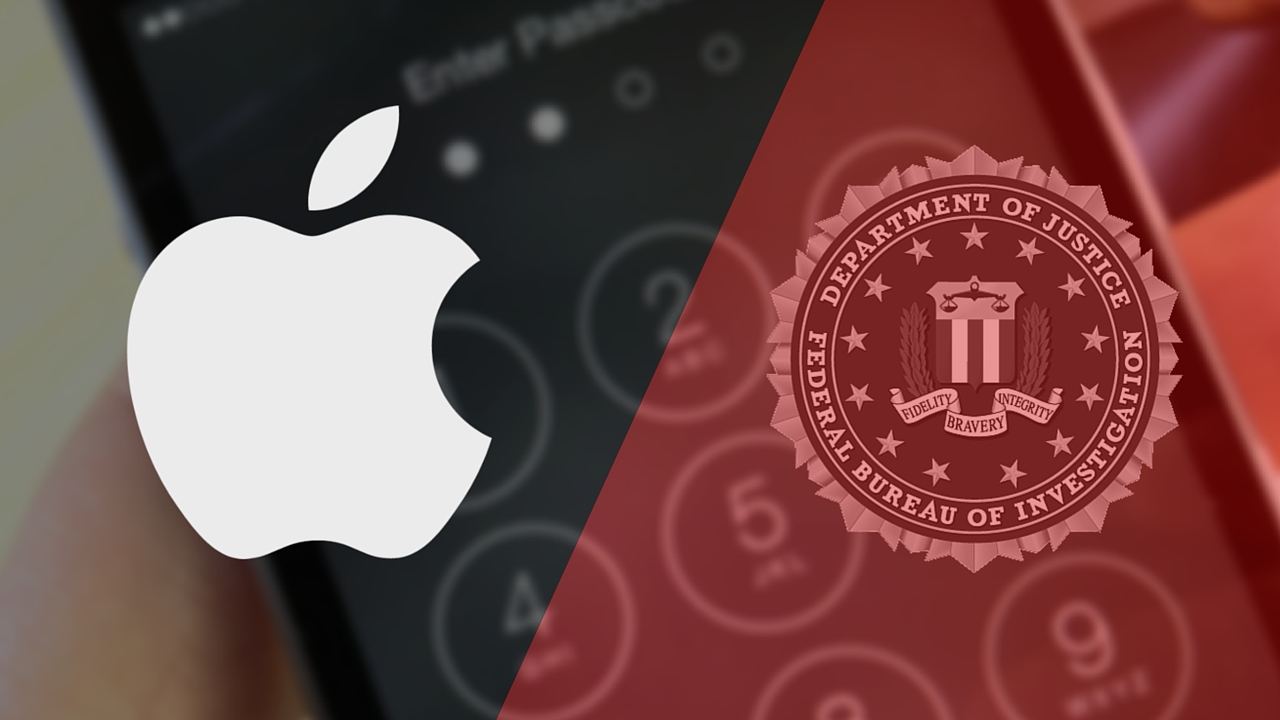
Apple on Thursday filed a motion to vacate the court order demanding it help the FBI break into an iPhone linked to the San Bernardino attacks. The motion (via The Verge) is the company's first legal response to the order, which was handed down by a federal judge last week.
Rhetoric in the filing echoes what we've been hearing from CEO Tim Cook over the past week: Apple refuses to help the FBI break its own security because it sets a dangerous precedent that has major implications. It also offers some insight into the legal stance Apple plans to take.

Apple has acquired a Zürich, Germany-based startup FaceShift which provides a proprietary technology for real-time motion capture that was used in the latest Star Wars film and in production of a number of high-profile video games. Apple has officially confirmed the deal in a prepared statement to TechCrunch.
Speculation is rife as to how Apple might be taking advantage of such a sophisticated motion capture technology in its own products, including potentially using it to power real-time avatars for FaceTime video chats.